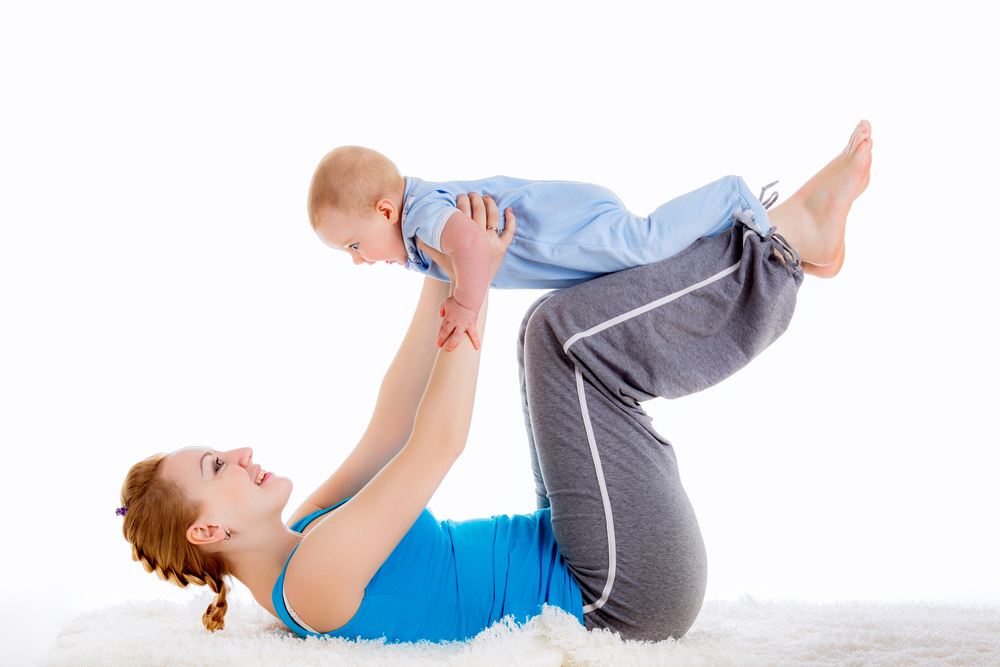
01 Aug Getting Back Into Exercise Activity After Having a Baby
Post-natal exercise has a number of benefits including relieving stress, optimising energy levels, increasing cardiovascular fitness, preventing postnatal depression and promoting weight loss.
Whether it is returning to a team sport or a goal to complete a 5-kilometre fun run/walk, many women presume that they will be able to return to exercise postnatally with no complications. Unfortunately for some women, this is not always the case. The physical and mental implications that pregnancy and childbirth involve are often underestimated and misunderstood.
DURING PREGNANCY
During pregnancy, a woman’s body undergoes significant changes in order to grow and support their baby. The pelvic floor muscles experience an increased load from their newborn baby’s weight, placenta and extra bodily fluid over the 9-month journey.
Pelvic floor muscles play a significant role in our body. Such as:
- Support your bladder, uterus and bowel
- Maintain bladder and bowel control
- Involved in sexual function and sensation
- Support and stabilise your spine
AFTER DELIVERY
Due to the antenatal loading, the physios at Western Women’s & Men’s Health treat women that experience weakness in their pelvic floor muscles regardless of their mode of delivery. Signs and symptoms of pelvic floor dysfunction can appear which can create a barrier to completing or returning to physical activity.
Key signs/symptoms of the pelvic floor muscle dysfunction:
- Urinary incontinence or urgency
- Faecal incontinence or urgency
- Feelings of heaviness or dragging in the pelvic area
- Lump or bulge in the pelvic area
- Pain with sexual intercourse
- Lower back or pelvic related pain
- Unable to hold your bladder when sneezing or laughing
If you are experiencing any of the above symptoms, please reach out to the team at Western Women’s & Men’s Health on (03) 8001 2044 to make an appointment with our physiotherapist.
After delivery, many women demonstrate pelvic floor muscle weakness and may obtain further injury to the area such as perineal tears. Instruction and supervision are often needed to be able to perform a correct pelvic floor muscle contraction especially if no muscle training was completed during pregnancy. High impact activities, like running or jumping, leads to significant and sudden rises in intra-abdominal pressure. These forces are transmitted into the pelvic floor muscles and adequate strength and speed of contraction are required to maintain continence and support.
At Western Women’s & Men’s Health, we offer pelvic floor physiotherapy to safely guide and support you in returning to exercise. By undertaking an assessment with one of our experienced physios, your muscle strength, function and coordination can be thoroughly evaluated and a program can be developed to prevent any future complications and discomfort.
